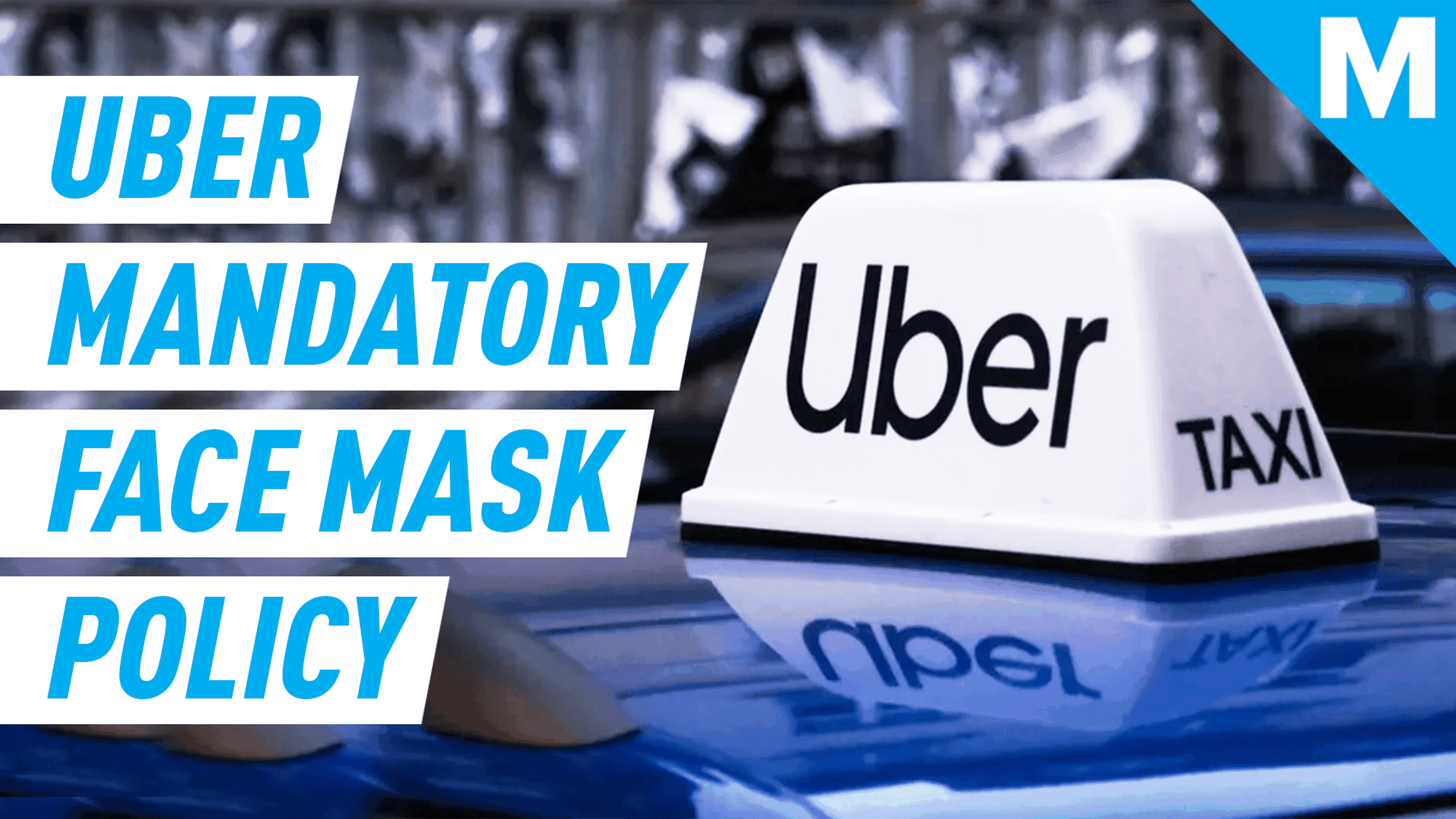
Uber drivers have long had to take a selfie to show they’re wearing a mask before accepting rides. Now the same scanning software will be used on passengers.
By the end of September in the U.S. and Canada, Uber passengers that have been flagged for not wearing a mask will have to scan their face through the app before they can request another ride. The scanning tech will come to Latin America and other countries after the North America rollout, Uber announced Tuesday.
Uber enforced the mask policy for both drivers and riders back in May. All drivers and delivery workers have to take a mask selfie before working. Since May, 3.5 million drivers for Uber and Uber Eats have scanned more than 100 million mask verifications.
For passengers who don’t comply with Uber’s mask requirements, the app will ask for verification on their next trip. A rider safety checklist is now part of the request process and it includes a question about masks. If a previous driver noted you didn’t comply, you’ll have to go through an additional step if you want to use Uber again: a mask selfie.
The in-app scan is looking for a mask-like object covering the mouth and nose. Once that’s detected you can proceed as usual. The photo recognition system doesn’t keep track of any biometric information and it doesn’t employ facial recognition.
Sachin Kansal, Uber’s global head of safety and driver products, emphasized in a call that you can’t fool the system. “If you were to just cover your hand over your nose and mouth, it wouldn’t work,” he said. His engineers have taught the system to recognize real masks.

What it’s like to verify you’re wearing a mask.
Image: uber
Masks are also required on competing ride-hailing app Lyft. Other coronavirus safety precautions for both apps include keeping the front seat empty, riding with the windows down, and no more shared rides.
Uber isn’t making all passengers take a selfie, but everyone still has to self-certify that they’re not feeling sick and have washed their hands and taken other precautions.
[embedded content]
Most riders don’t have any issues with the new COVID-19 checklist. Kansal said 99.5 percent of trips don’t have any mask-related complaints or feedback from drivers. But for those few riders this new procedure is for them. “We wanted to really target those people initially,” Kansal said.
So remember, your first ride back will be like everything else outside your house: You’ll need a mask.
